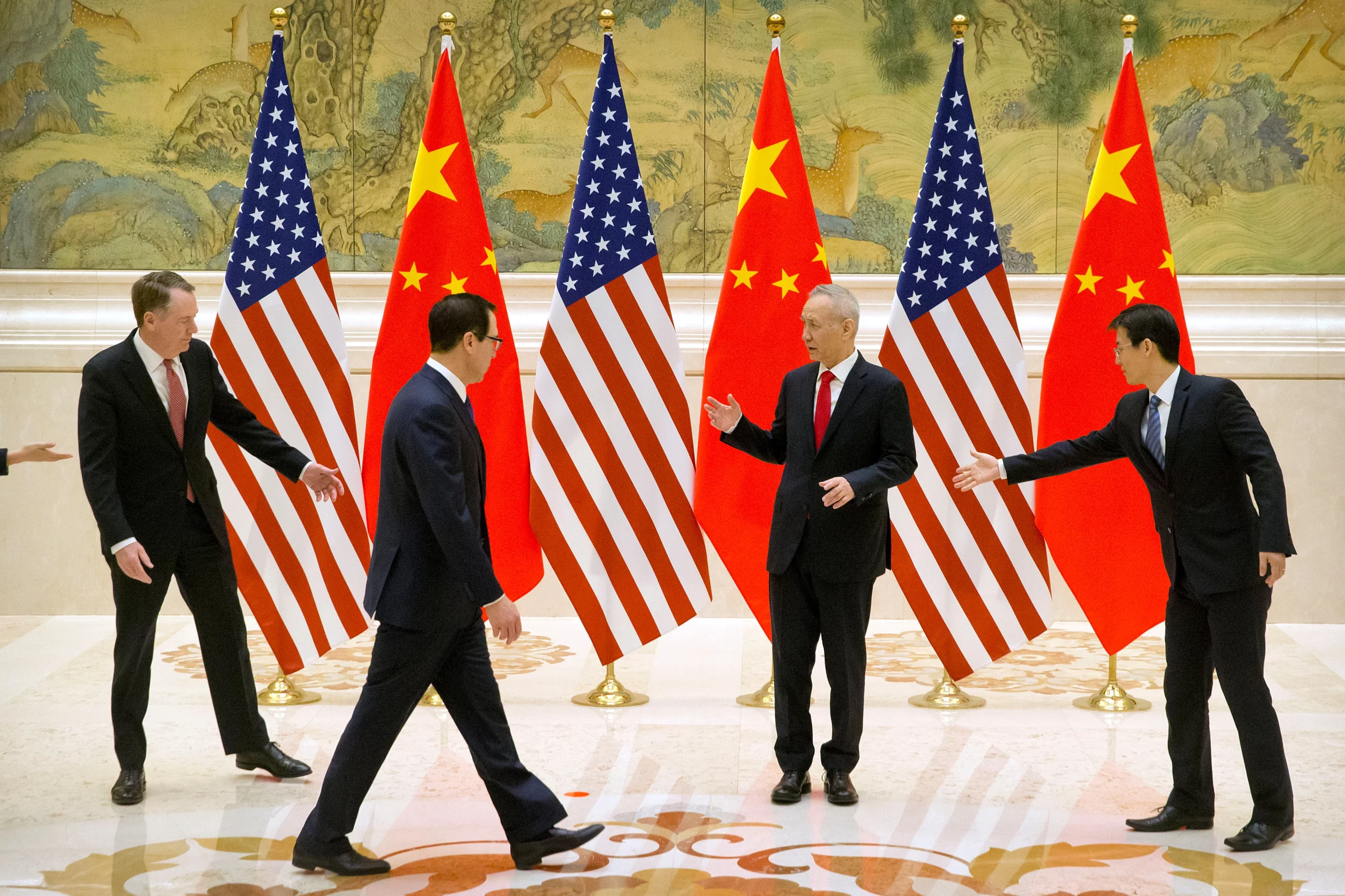The United States And China: Navigating The Complexities Of Economic Relations
The economic relationship between the United States and China is undeniably one of the most significant and complex in the world. These two economic giants, with their distinct political systems, ideologies, and economic models, have a profound impact on the global economy. In this article, we’ll delve into the dynamics, intricacies, and evolving nature of their economic relations.
Historical Context
The economic ties between the United States and China began to take shape in the late 1970s when China initiated economic reforms and opened up to the world. Since then, trade and investment between the two nations have grown significantly, resulting in a deepening interdependence.
Trade Dynamics
1. Trade Volume:
The United States and China constitute the world’s largest bilateral trading relationship. The trade volume involves a wide range of goods, including electronics, machinery, textiles, and agricultural products.
2. Trade Imbalance:
One persistent issue has been the trade imbalance, where China tends to export more to the United States than it imports. This trade gap has been a topic of discussion and concern for policymakers in both nations.
Economic Interdependence
1. Supply Chains:
Global supply chains are heavily reliant on both countries. China serves as a manufacturing hub, while the U.S. often acts as a market for these goods. Disruptions in one country’s economy can significantly impact the other.
2. Foreign Direct Investment (FDI):
Both nations attract substantial FDI from each other. American companies have a significant presence in China, while Chinese firms invest in various sectors in the United States.
Trade Disputes and Tariffs
Trade tensions have been a recurring feature of U.S.-China economic relations, with disputes over issues like intellectual property rights, market access, and government subsidies. The imposition of tariffs on each other’s exports has escalated the trade tensions, affecting global markets and adding strain to the relationship.
Technology and Geopolitical Factors
Technological competition, particularly in areas like 5G, artificial intelligence, and cybersecurity, has become a critical aspect of the U.S.-China relationship. Geopolitical factors, including concerns over national security and geopolitical influence, have further complicated their economic ties.
The Biden Administration’s Approach
The Biden administration has maintained a tough stance on certain trade and technology issues inherited from previous administrations. However, there is also a focus on working with allies to address shared concerns about China’s economic practices and behavior in the international arena.
Future Prospects and Conclusion
The economic relationship between the United States and China remains intricate, reflecting the evolving global landscape. Balancing economic interdependence with geopolitical considerations is a complex task. Both nations need to find common ground to ensure a stable economic relationship that benefits not only themselves but the global community at large.
As the world watches these economic powerhouses navigate their relationship, it is clear that the dynamics between the United States and China will continue to shape the course of the global economy for years to come. Cooperation, dialogue, and finding mutually beneficial solutions will be essential in navigating this multifaceted relationship.







